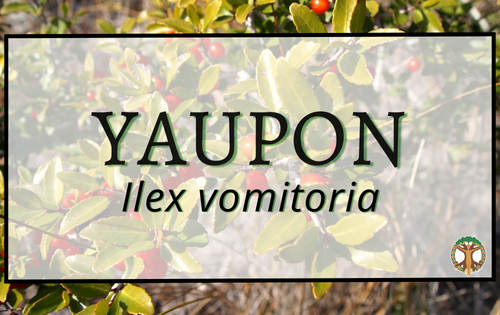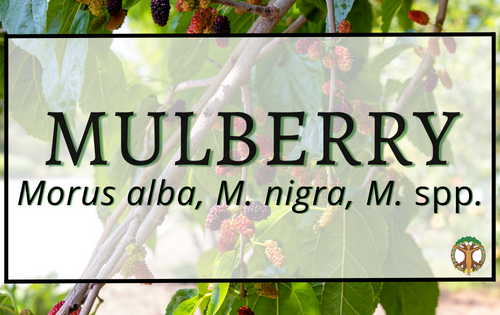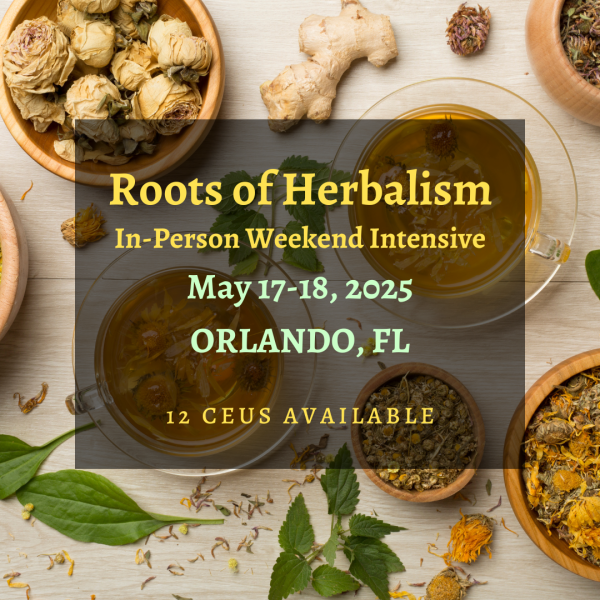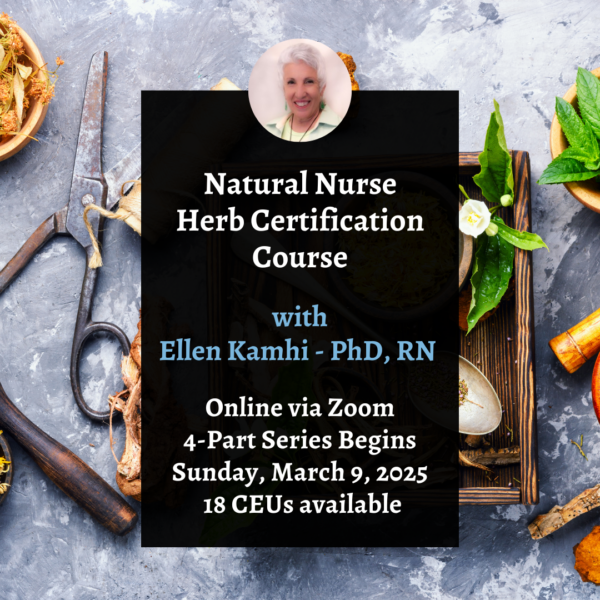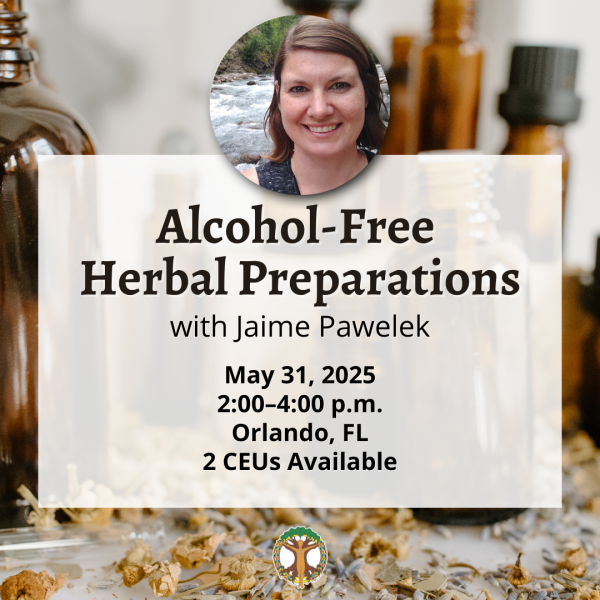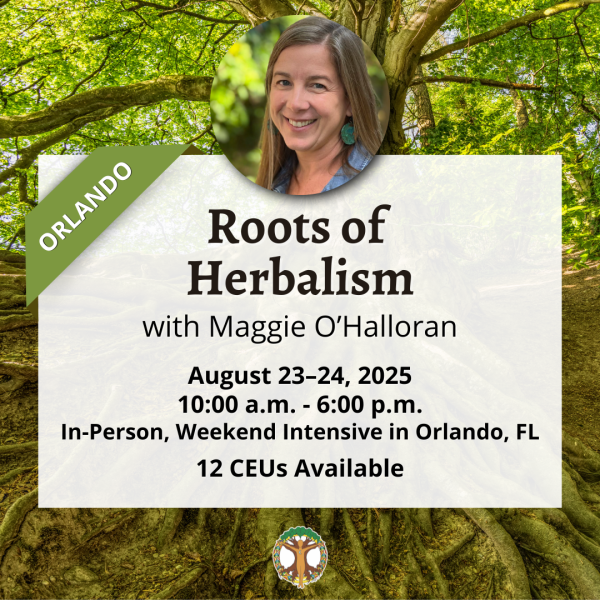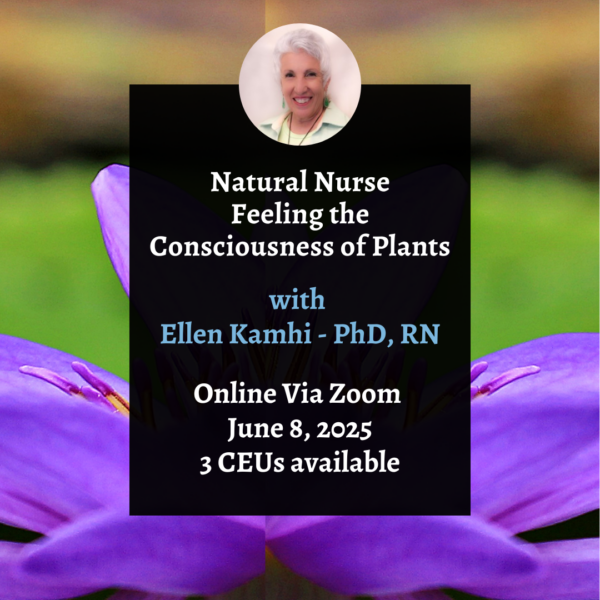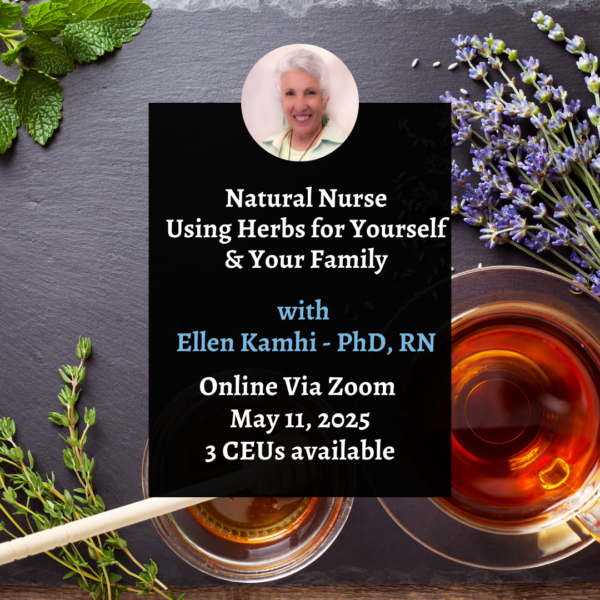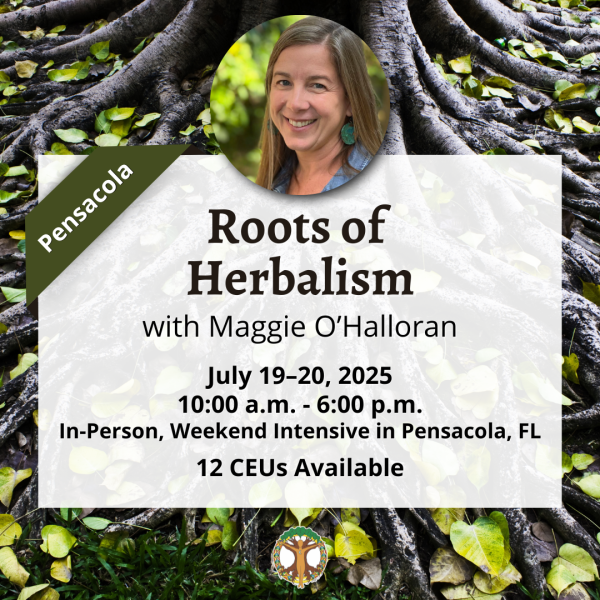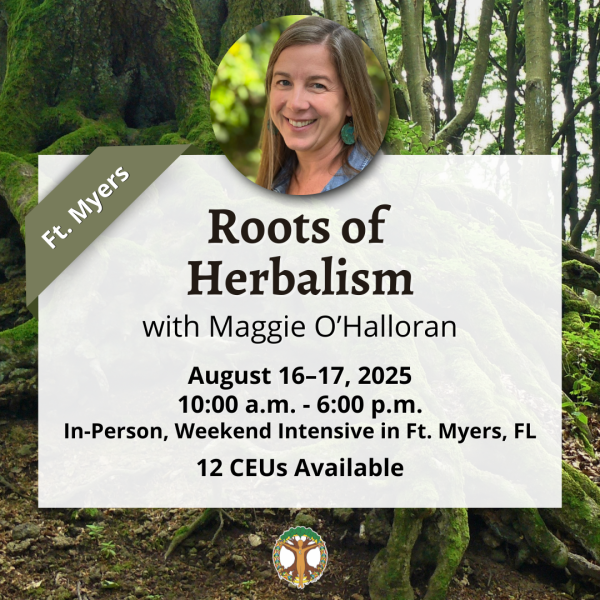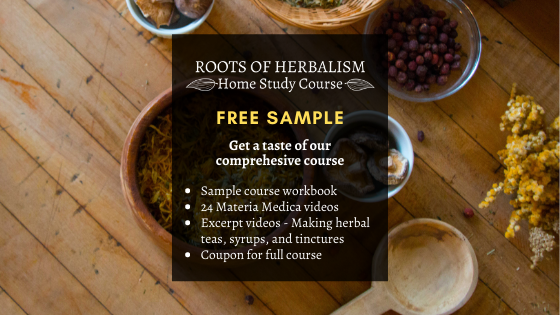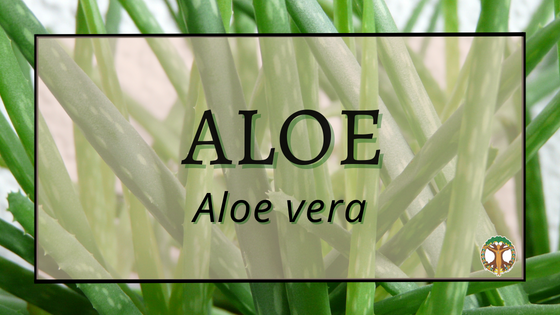
Aloe
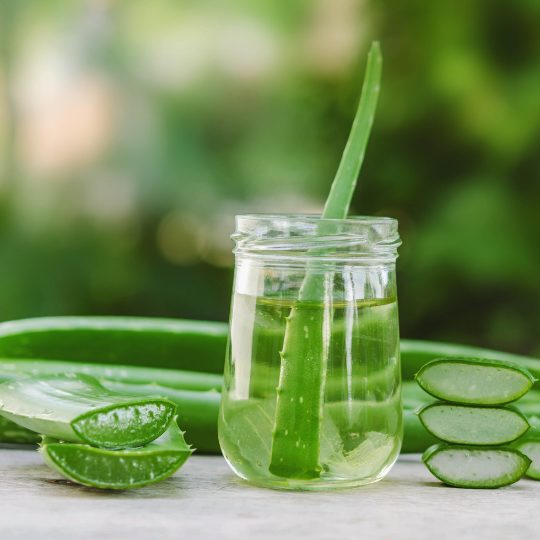
Latin Name: Aloe vera (A. barbadensis)
Common Names: aloe, aloe vera, burn plant, star cactus, first aid plant, medicinal aloe, elephant’s gall, lily of the desert
Family: Asphodelaceae
Habitat: This spiny succulent is native to the Saudi Arabian peninsula, sub-saharan Africa and many of the islands near there, including Madagascar. There are hundreds of species of aloe, but the one most commonly grown for its healing benefits is Aloe vera. Aloe grows well in Florida sandy soil and if grown in a pot, does not want traditional potting soil as it needs to be very well draining. It is fairly drought resistant and prefers tropical environments, but other species can be found growing in a variety of habitats like deserts and grasslands. It likes a lot of sun, but if it’s in a really intense spot, growing it underneath another plant for some shade is a good idea.
The leaves are fleshy and succulent and when young may have white spots along them, usually with small spiky spines along the edges. The flowers typically bloom in late winter or spring and are produced at the end of a long spike. The long, tubular flowers are usually red or yellow and often visited by hummingbirds. Aloe plants also make offsets, or pups, that can be separated from the parent plant and grown out into a new plant. Simply cut off the pup with a few of its roots attached, let sit out and dry for a day or two to form a callus, then replant where desired, or share with a friend.
Parts Used: gel from leaves, juice from leaves, dried root and leaf skin
History/Tradition: The name aloe is thought to have come from the Arabic word, alloh, which means shining bitter substance. It has a long history of use going back over 6,000 years where Egyptians used it to help heal battle wounds and infections. An Egyptian document from 1550 BCE contains preparations of aloe used for treating both internal and external ailments. The Greeks used aloe to treat a variety of conditions including wounds, hair loss, genital ulcers, and hemorrhoids.
Energetics: cooling, moistening, neutralizing, astringent/bitter
Indications: This amazing mucilaginous plant calms down any sort of heat in the body. Use the gel topically for minor skin irritations like burns, bug bites, and cuts, as well as for lichen planus, psoriasis, eczema, and bruises. The gel hydrates and protects the wound, while the body repairs itself. Its cooling and demulcent properties are good for hot conditions topically, and internally, by helping to soothe mucous membranes. When cut, the aloe leaf produces a yellow latex substance from the cells just beneath the outer skin, that can be irritating if taken internally, so let the latex ooze out before using. That is, unless you want the stimulating laxative effect, which is found in the skin and the roots. The gel contains high levels of polysaccharides which has a regulating effect on blood sugar and lipid levels.
Aloe vera juice is also commonly used for gastrointestinal issues like heart burn and irritable bowel syndrome, and to help relieve constipation.
Read more from our friends at The Herbal Academy.
Systems: musculoskeletal, digestive
Actions: bitter, laxative, analgesic, antimicrobial, demulcent, astringent, vulnerary
Cautions: Do not take internally if pregnant or nursing. The yellow latex produced after cutting causes diarrhea and digestive irritation if taken internally. Taking aloe internally may also interact with some drugs, including those that alter electrolyte balance, like thiazide diuretics and corticosteroids.
Constituents: aloin anthraquinones, polysaccharides (acemannan), glycoproteins, enzymes, vitamins, minerals, lignin, saponin, salicylic acid
Culinary Use: Aloe vera juice is commonly sold in grocery stores and used as a health drink or as a laxative. The food industry is also starting to add aloe as a functional ingredient to some products due to some of its properties including its mineral and prebiotic content.
Other Uses: Aloe can be found in products made for the cosmetic, food, and pharmaceutical industry, including lotions, soaps, creams, shampoo, gels, ointments, and health drinks.
References:
https://greenhouse.ucdavis.edu/files/botnot_01-01.00.pdf
https://www.herbalreality.com/herb/aloe-vera/
https://www.ncbi.nlm.nih.gov/books/NBK92765/
https://www.nccih.nih.gov/health/aloe-vera
https://www.phytojournal.com/archives/2019/vol8issue3/PartBO/8-3-45-777.pdf
https://www.plantsciencejournal.com/articles/jpsp-aid1070.php
Written by Jaime Pawelek



